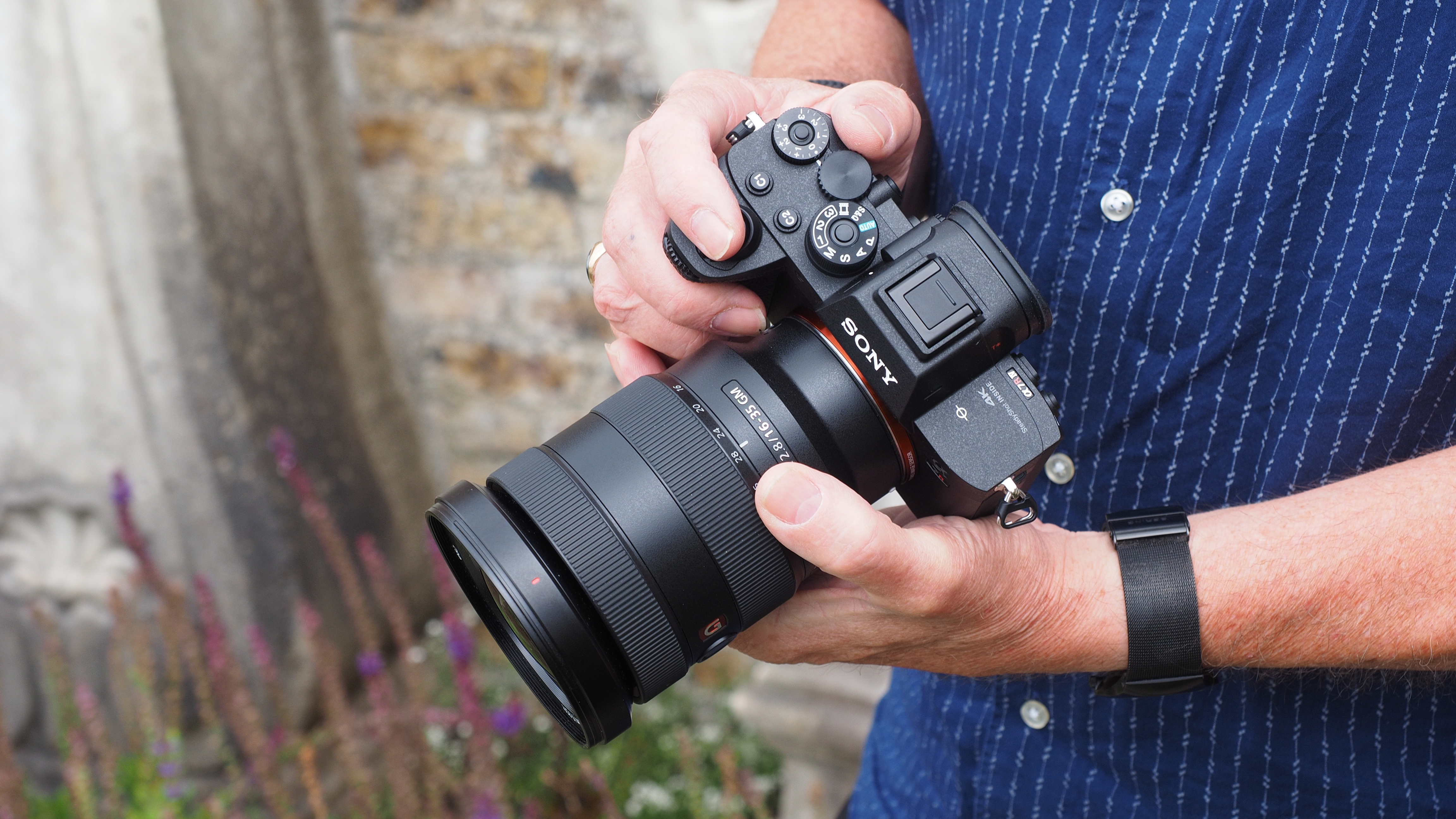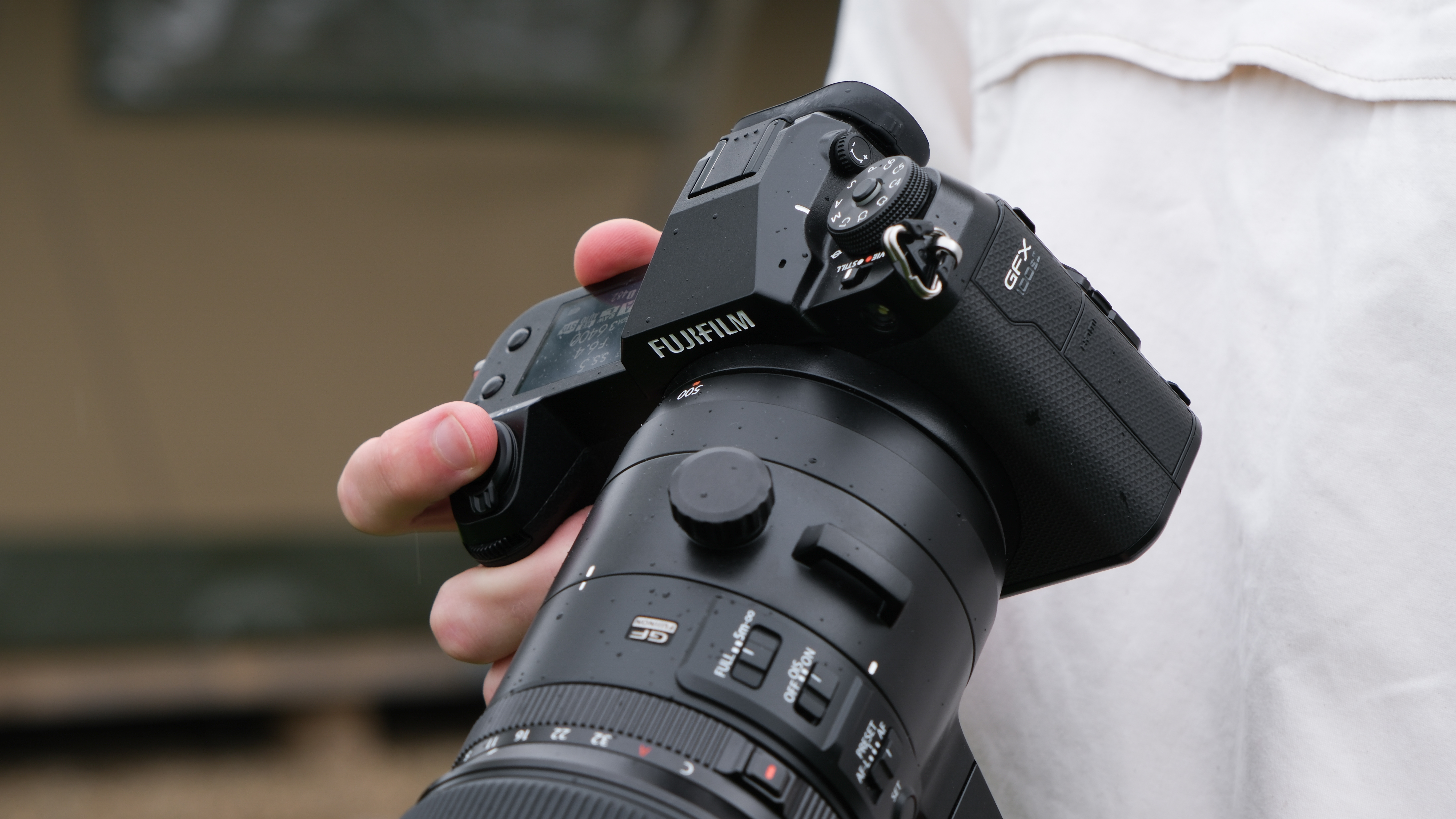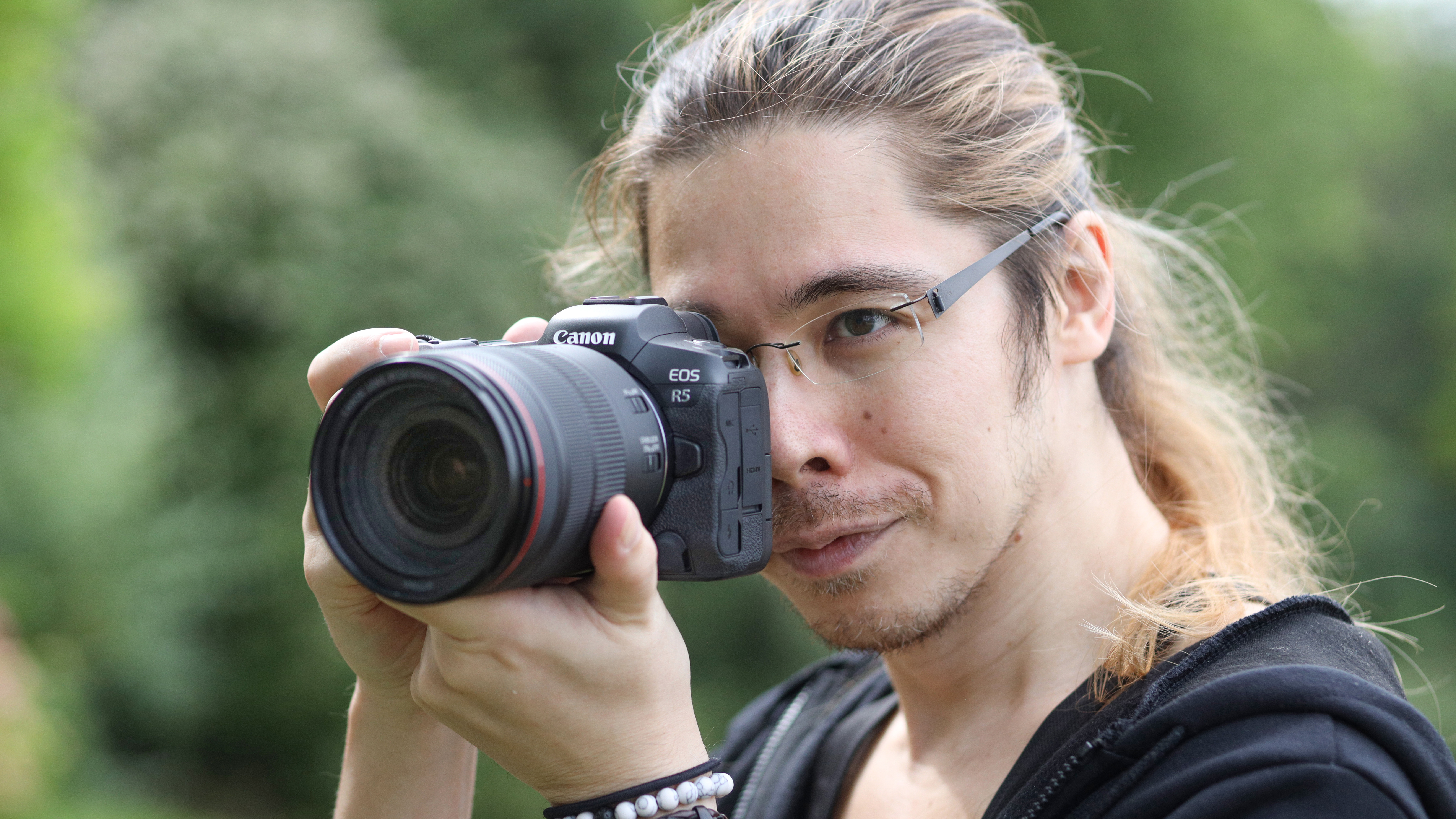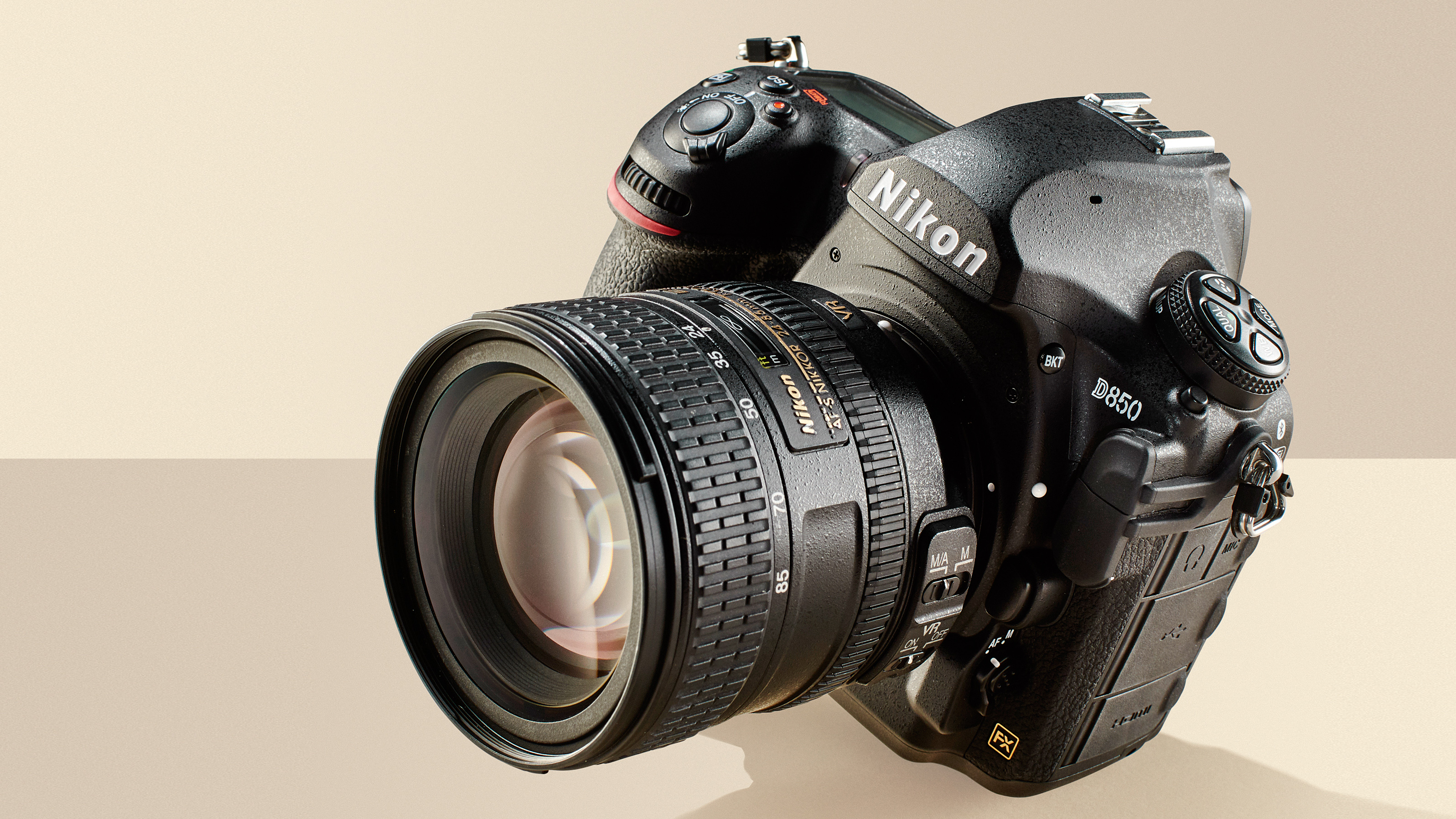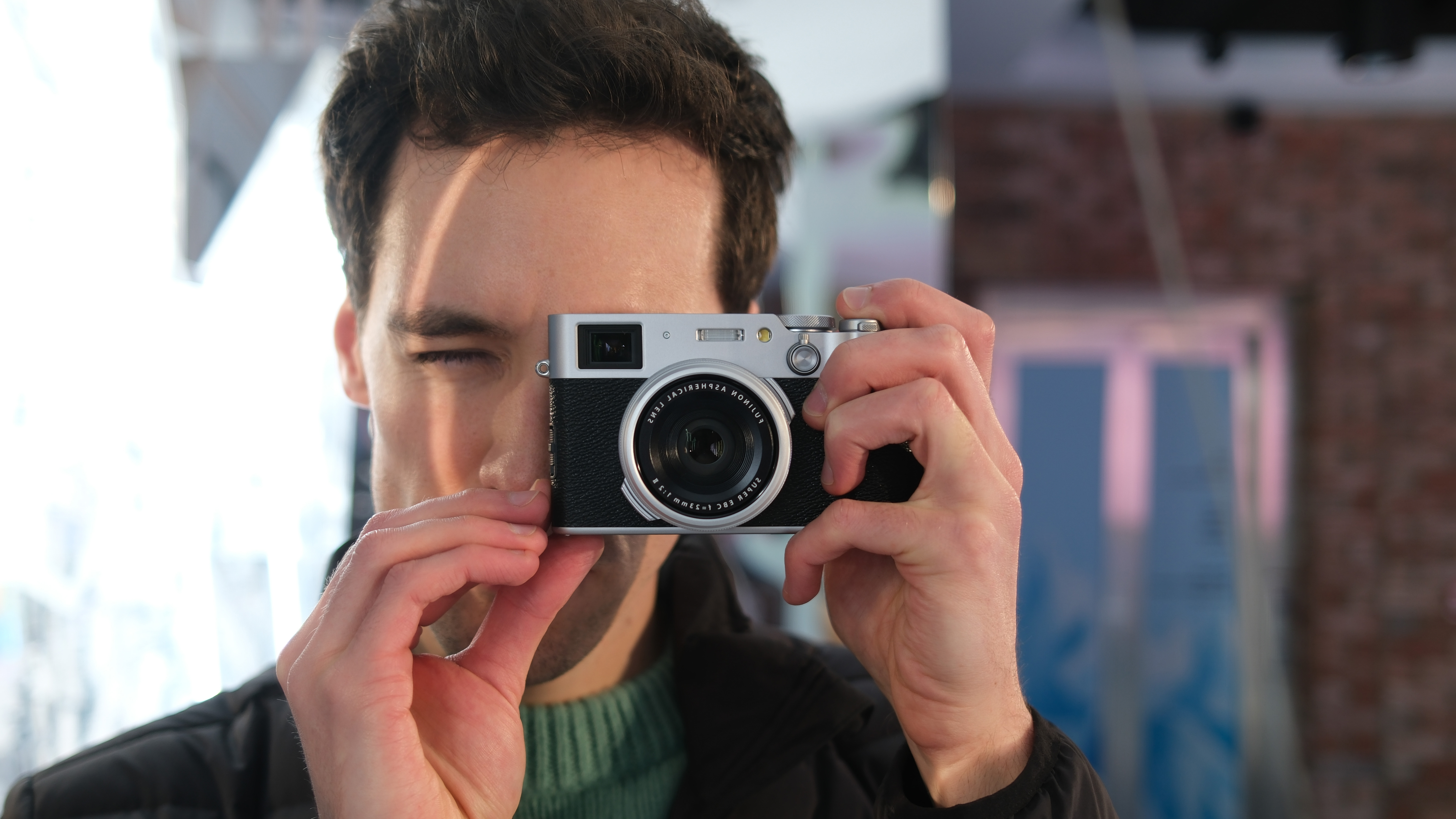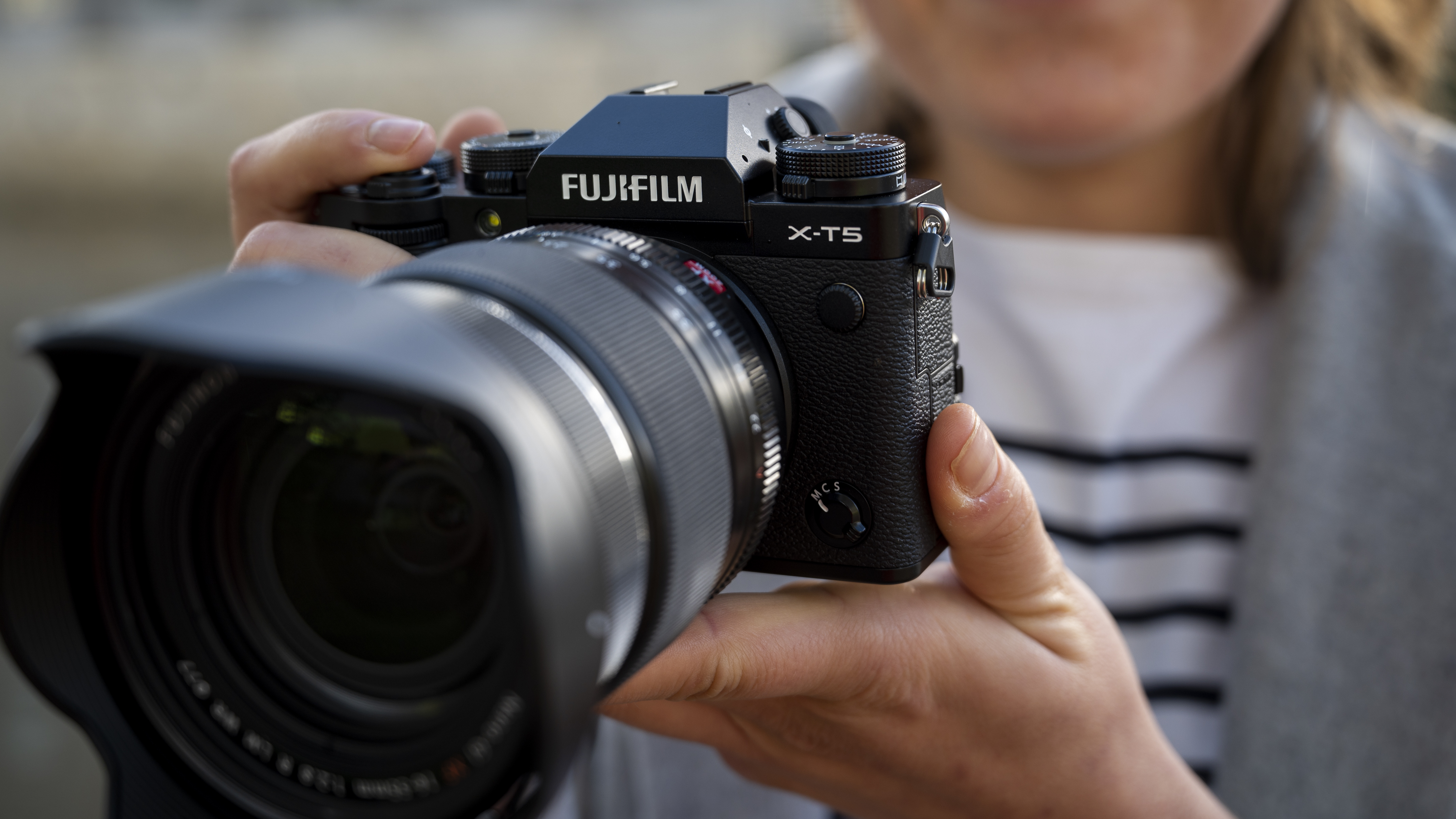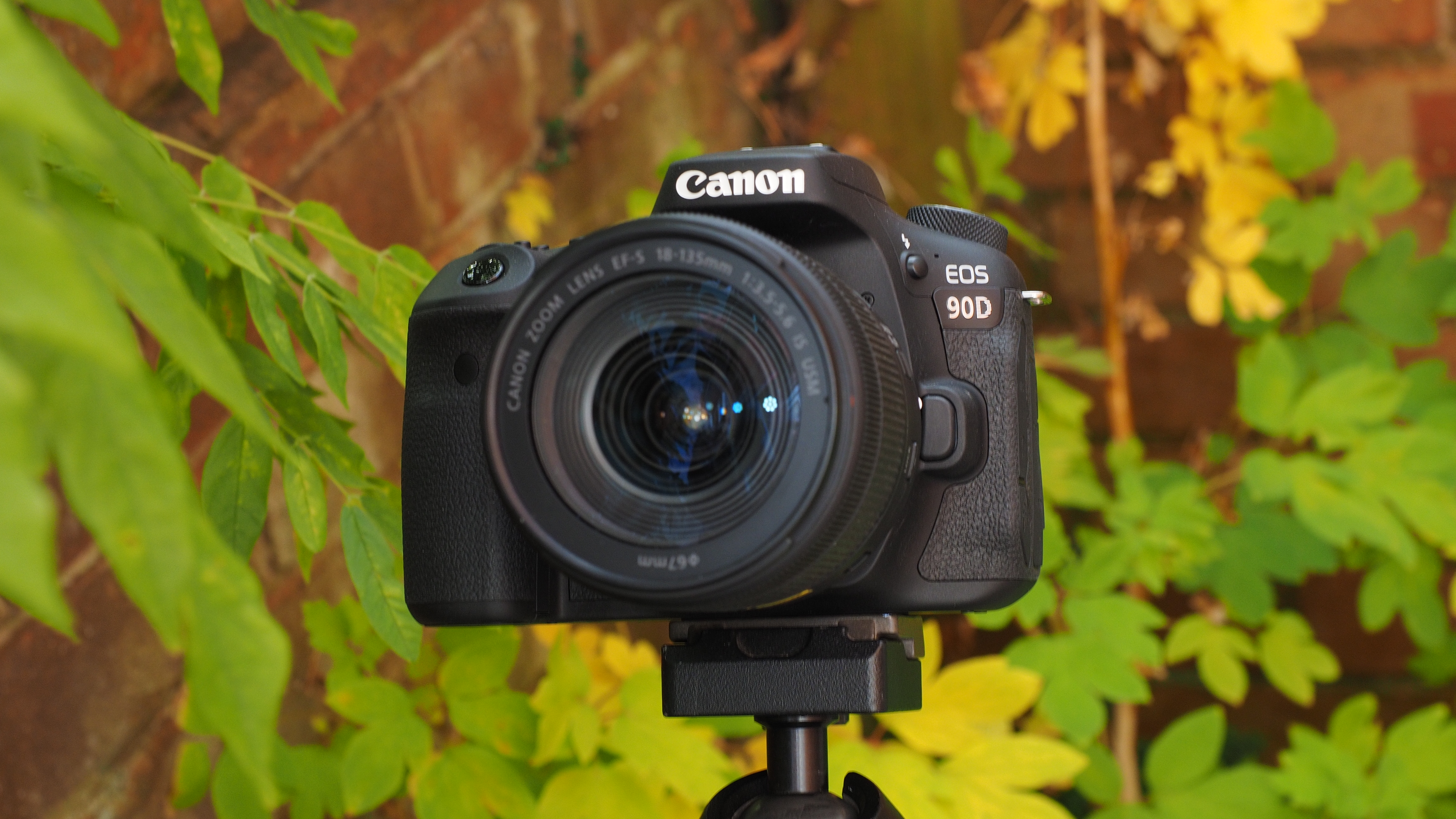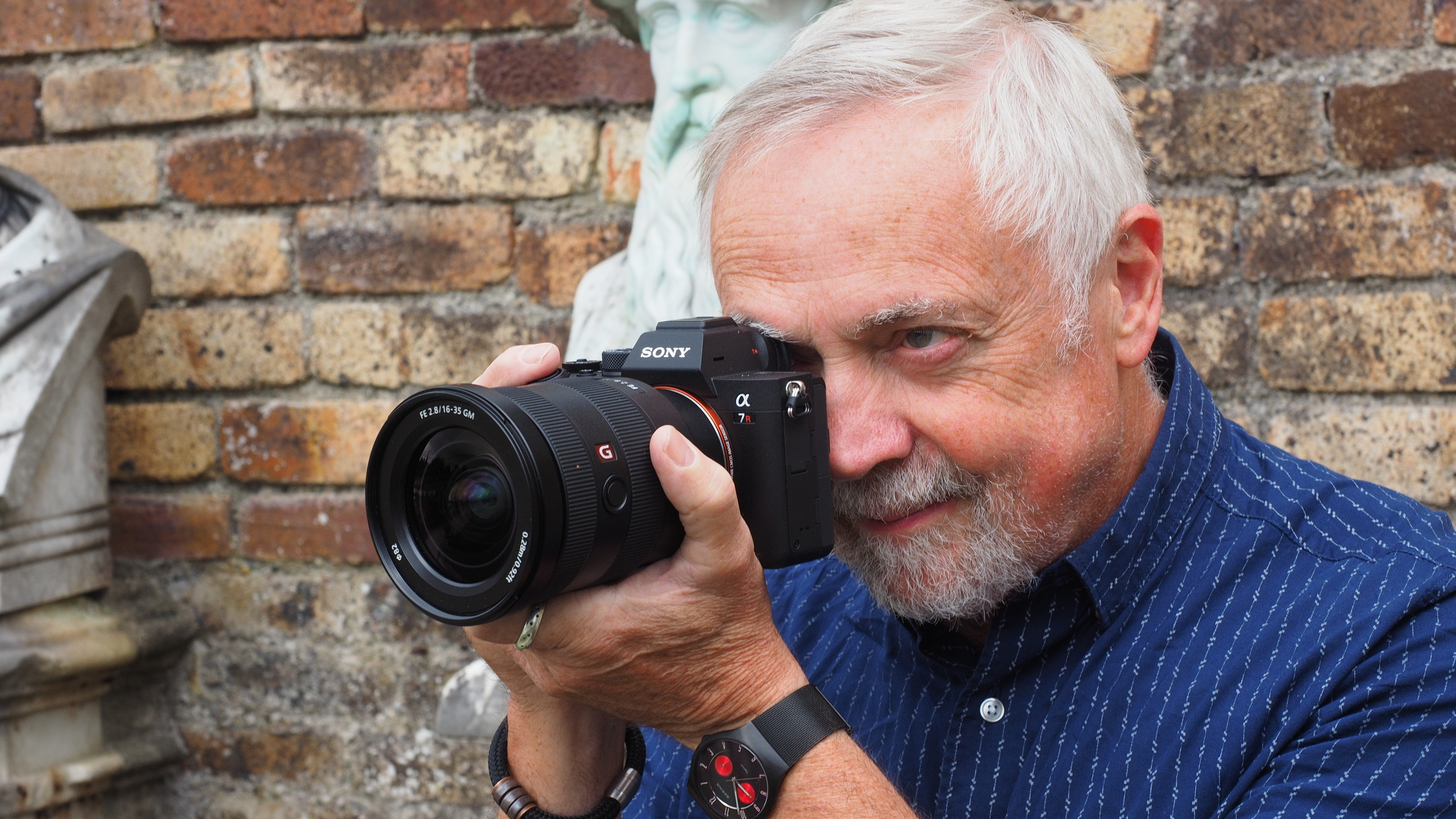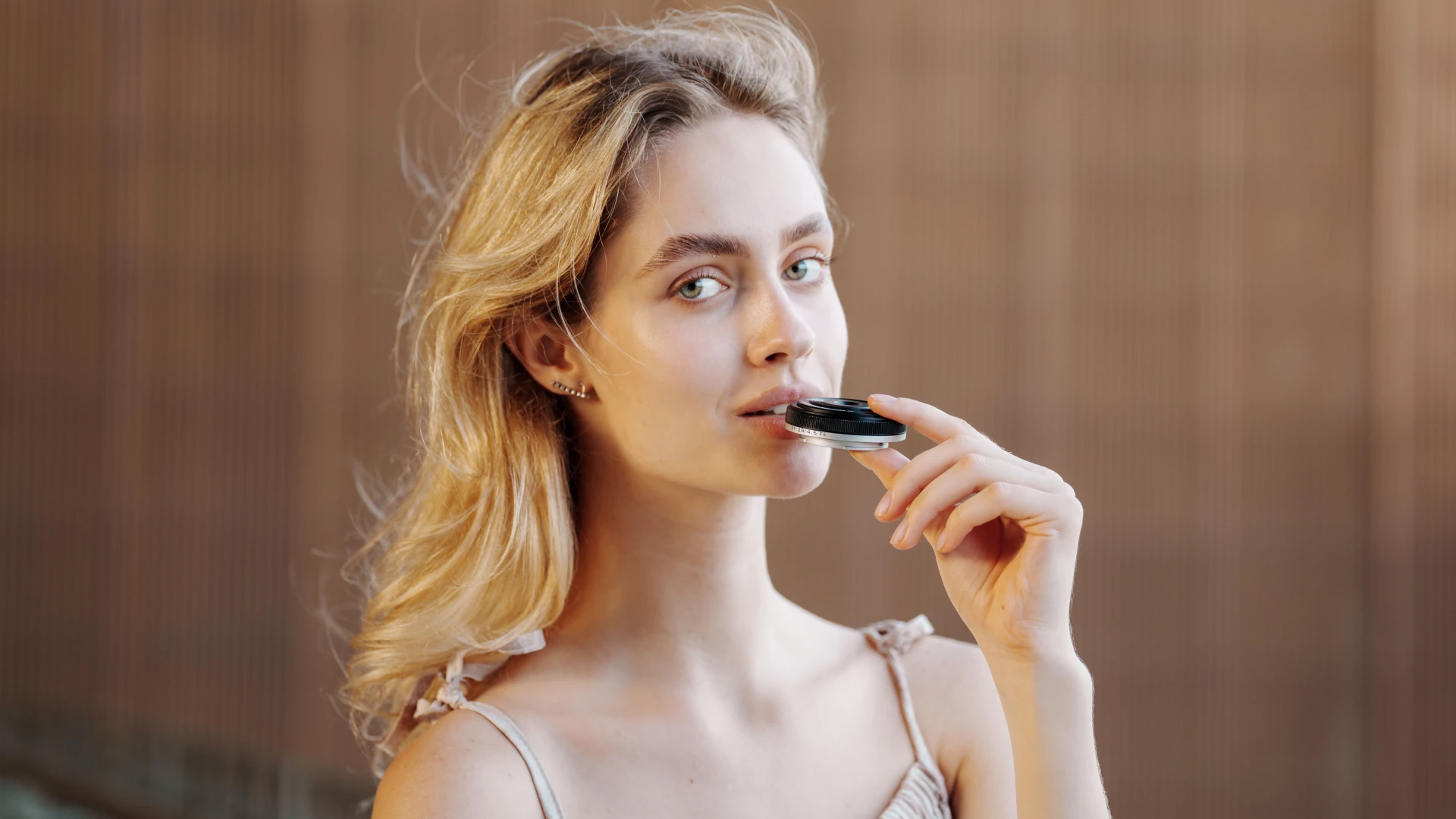The best cameras for landscape photography: kit for the great outdoors
We select the best cameras for landscape photography to help get you capture stunning outdoor photography
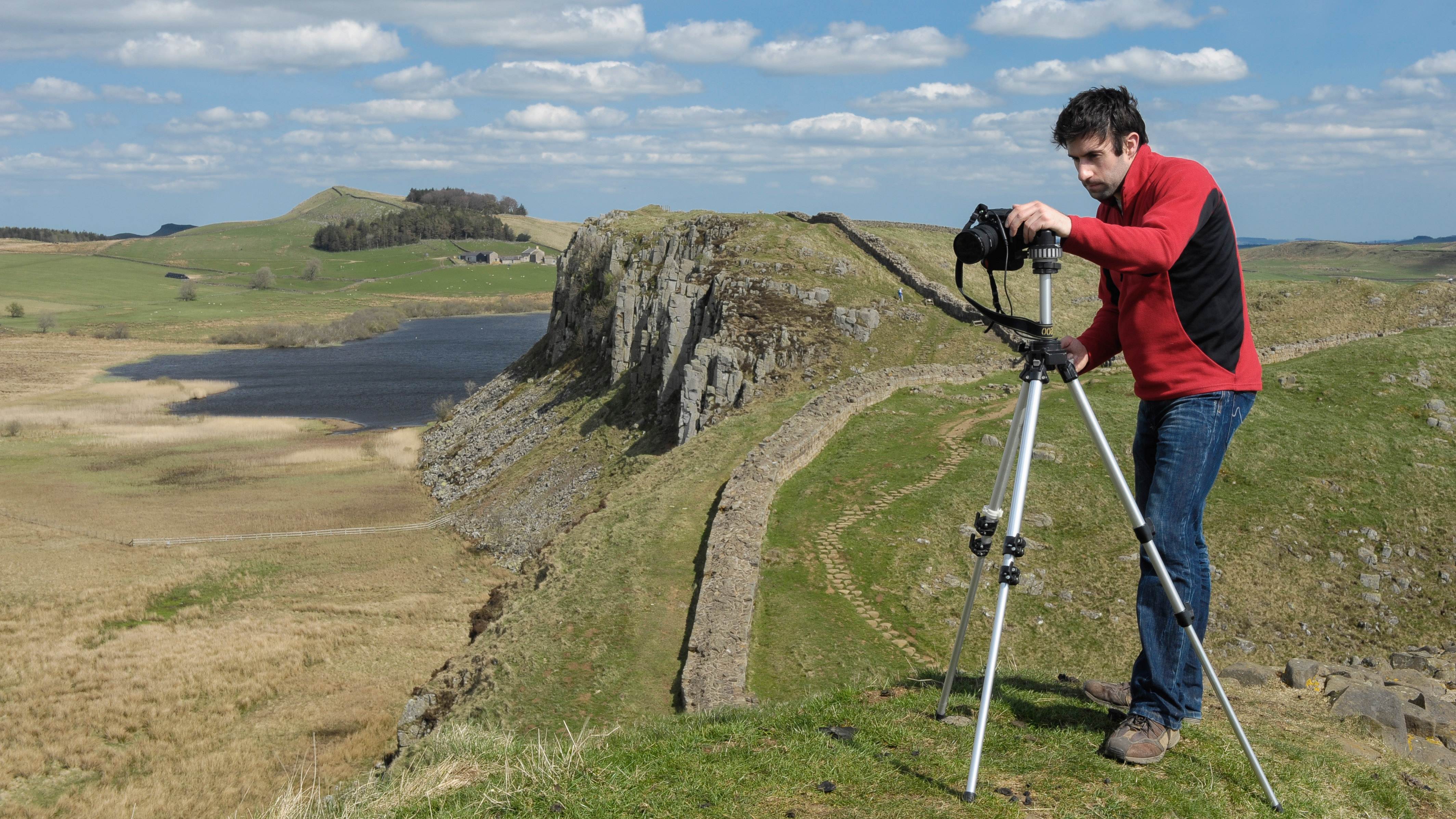
The best cameras for landscape photography will help you capture resplendent images of the great outdoors. You may think that landscapes are a straightforward subject to shoot compared to fast-moving wildlife or sports, but getting a great landscape image comes with challenges all of its own – and you need the right tool for the job.
A high-resolution sensor that can capture plenty of detail and wide dynamic range, a broad range of wide-angle lenses – these things are essential for landscapes, and so I've picked out a range of cameras that have impressed our reviewers most in these regards. My list includes some new releases, but also older cameras that still offer great value, especially those with newer versions that have concentrated their improvements on aspects that landscape shooters aren't so concerned with, such as fast autofocus tracking.
There are plenty of different types of cameras on this list, including DSLRs, mirrorless models, compacts and medium format. Scroll to the bottom of this page for more detail on how I've made my picks and how we test cameras – otherwise, let's dive in.

Phil used to work on What Digital Camera magazine, and was the editor of Techradar's camera channel. He is an accomplished photographer - and although his passion is shooting cars, he also loves shooting landscapes (see his portfolio of seascapes here).
The Quick List
In a rush? Here's a quick list of the cameras in this guide, with links that let you jump down the page directly to a review of whichever catches your eye.
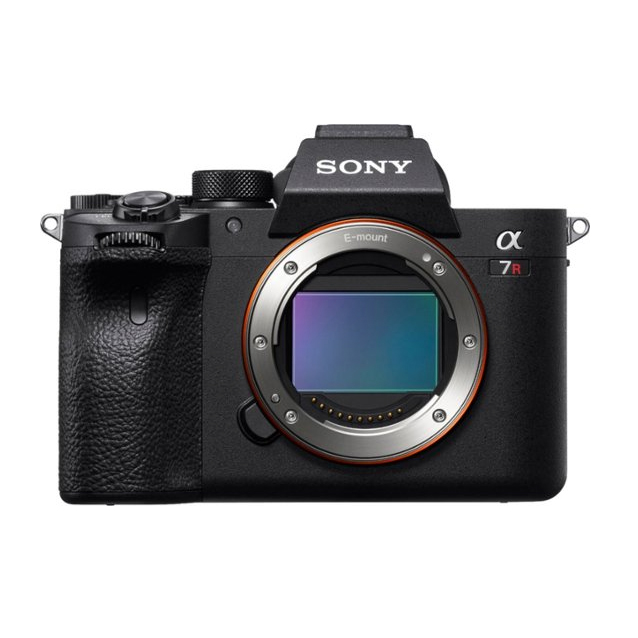
This is still our favorite camera overall for landscape shooting, with a world-beating 61-megapixel full-frame sensor. It's pretty compact too, with good weather sealing – and there is great choice of FE-mount lenses from Sony and others.
Read more below
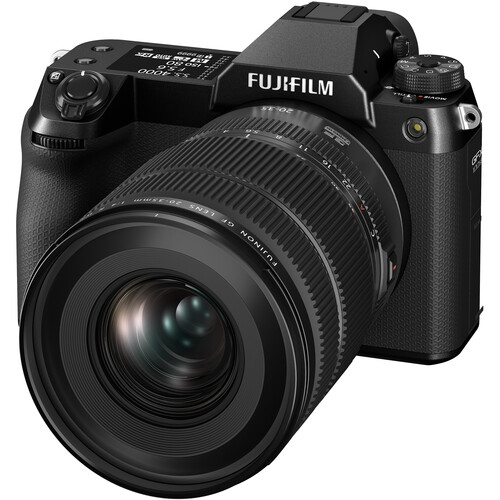
For landscapes, a huge sensor is the dream! This mirrorless medium-format camera is more lightweight, portable, useable, and much more affordable, than traditional medium-format cameras – but blows away the competition with a gorgeous 102MP sensor.
Read more below
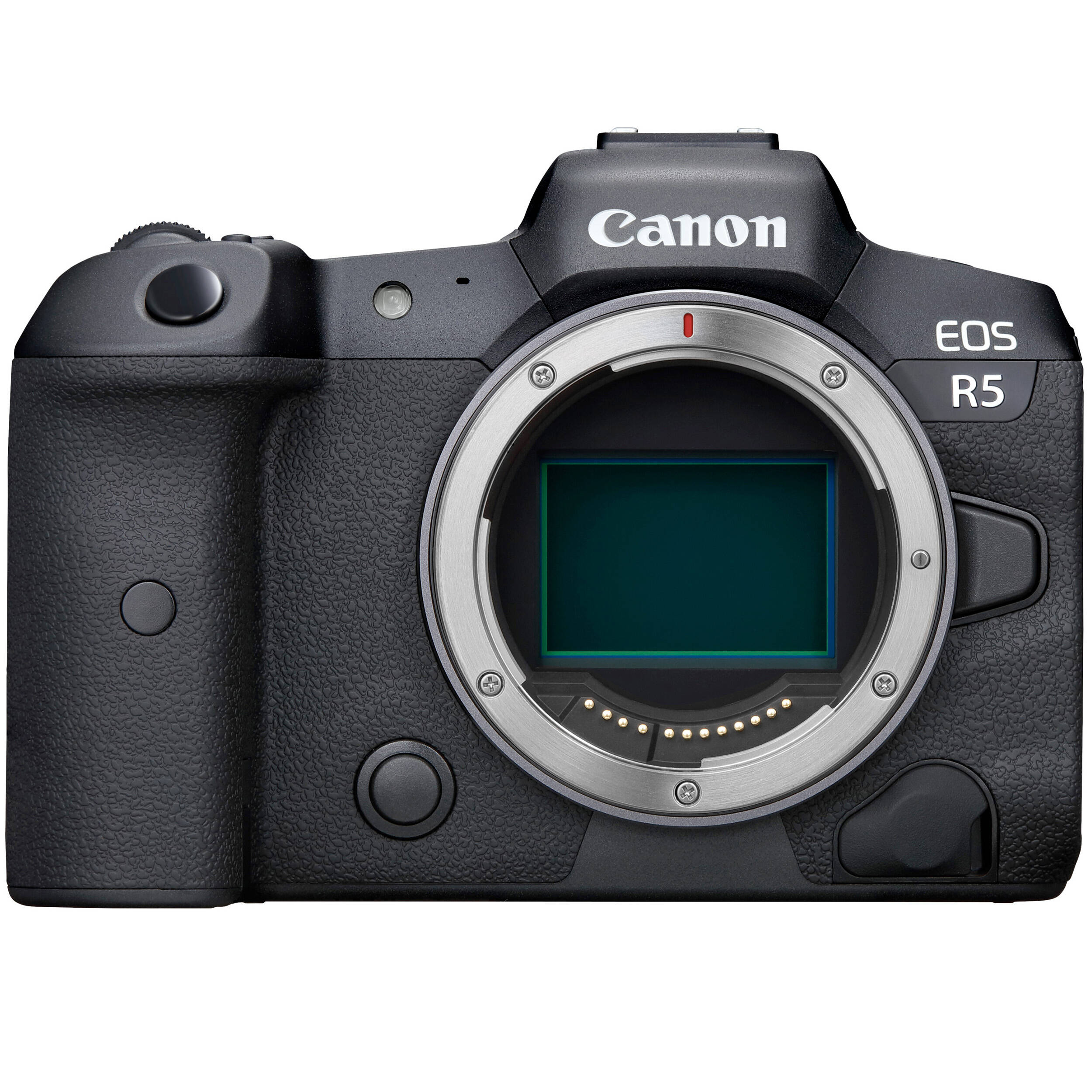
With its 45MP sensor, the EOS R5 is one of Canon's highest-resolution cameras. It's party piece is that it can deliver huge 400MP images via pixel-shift technology – which the newer and pricier EOS R5 Mark II can't do. Perfect for landscapes where there is zero movement!
Read more below
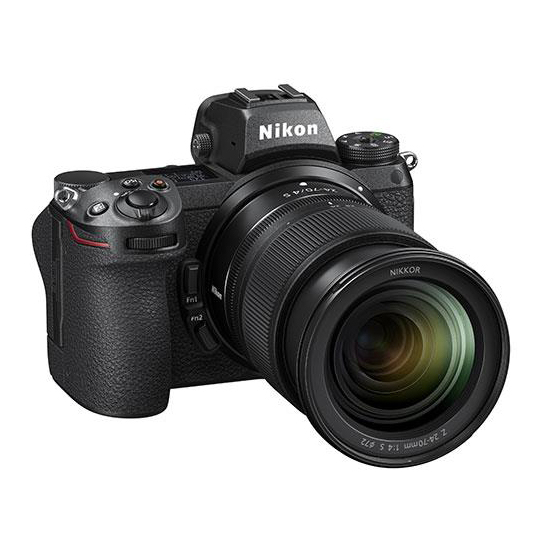
The Z7 II is our pick if you want a Nikon camera for landscapes. It has an impressive 45MP full-frame sensor, and the ever-improving Z-mount lens range offers plenty of fantastic optics. The Z7 II offers better value for landscapes than the newer Z8 or Z9, which are built for speed.
Read more below
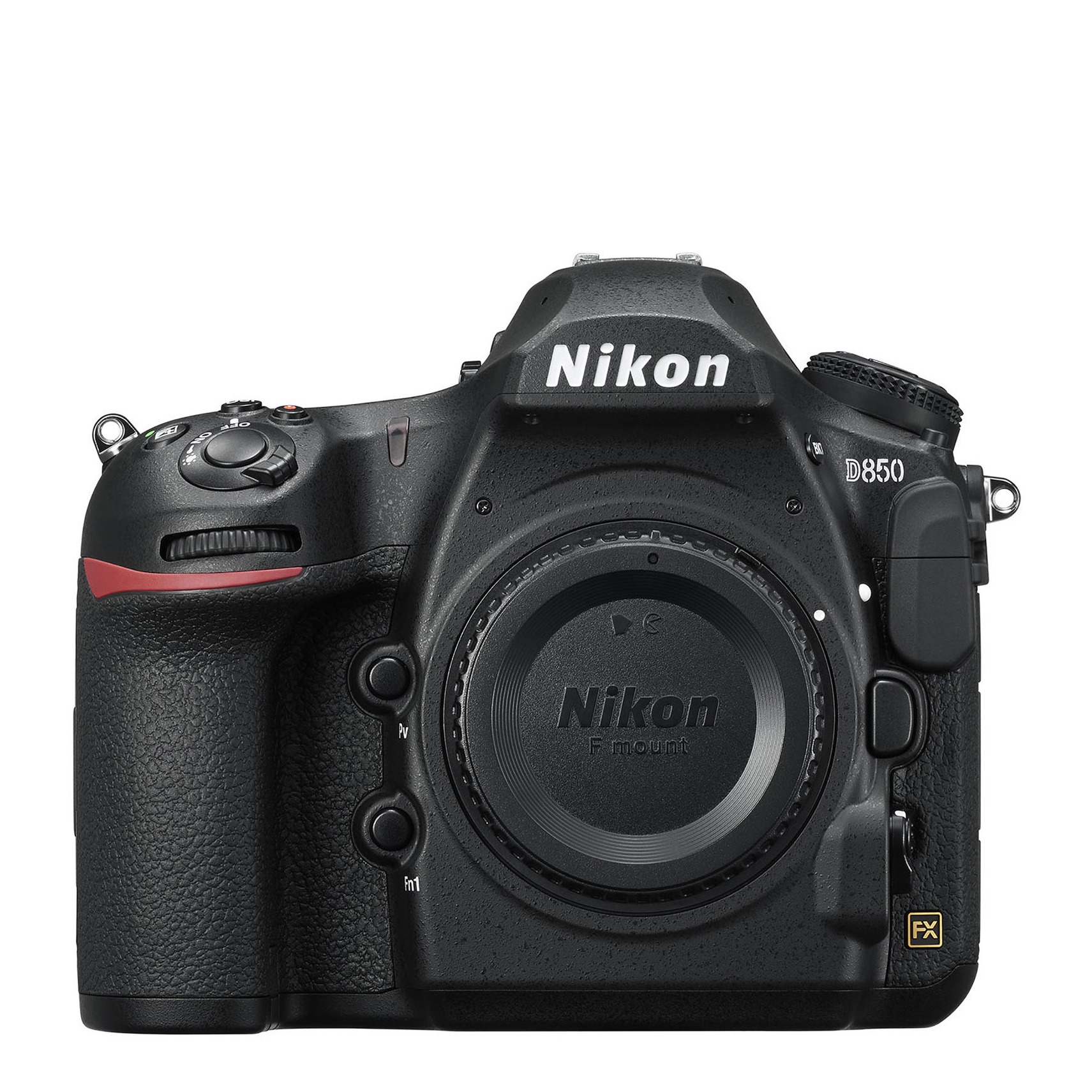
This is undoubtedly one of the best DSLRs ever made – and is now something of a bargain for such a professional, full-frame camera. The weather-sealing is best in class, and you'll find lots of affordable F-mount lenses still available, particularly second hand.
Read more below
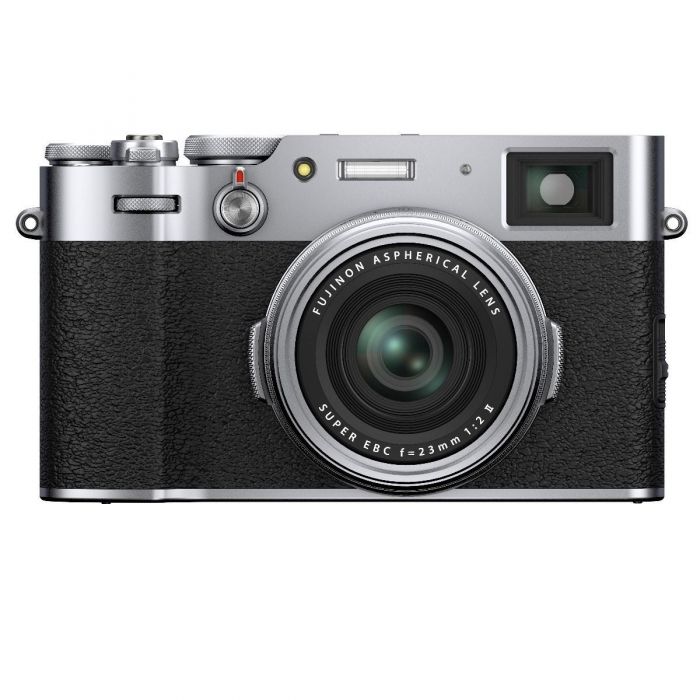
The Fujifilm X100V is a compact camera with a fixed wide-angle lens that makes it a great option for hiking or cycling through the countryside. With retro styling, it delivers great images from its 24MP APS-C sensor – though high demand means it sells out often!
Load the next products ↴
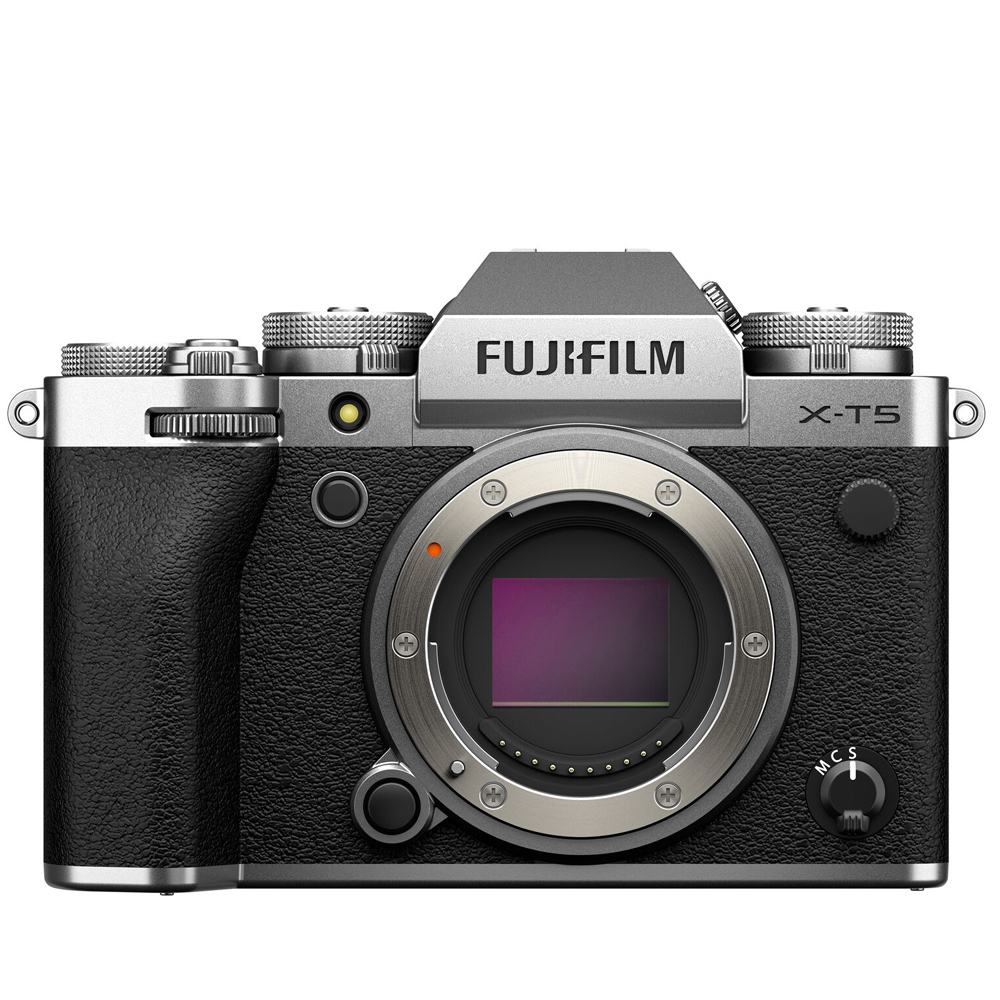
The Fujifilm X-T5 features the world's highest-resolution APS-C sensor – offering a 42MP resolution that is great for landscapes. It's small and lightweight compared to other cameras on the list thanks to the smaller sensor – and lenses are smaller too.
Read more below
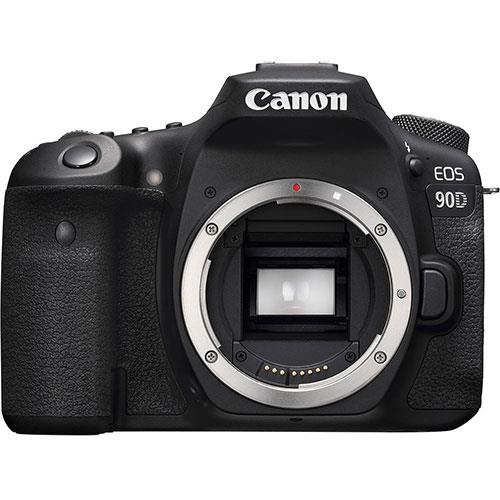
One of the last DSLRs introduced by Canon, the 90D uses a smaller sensor than its full-frame sensor cameras, but still offers a detailed 32MP resolution. The older EF-S/EF lens system means many bargain-priced lenses are to be found, particularly second hand.
Read more below
Best cameras for landscape photography
Why you can trust Digital Camera World
Best camera for landscapes overall
Specifications
Reasons to buy
Reasons to avoid
The A7R IV has been replaced by the Sony A7R V; a camera that boasts faster autofocus for sports and wildlife photography. But for the more considered job of landscape photography, the A7R IV captures equally sharp images and is better value.
At its heart is a class-leading 61MP full-frame sensor – the highest resolution for a full-frame camera – and it's fronted by Sony's FE full-frame lens mount. This has now been established for some years with some tasty pieces of glass to appeal to the serious landscape photographer - with many budget options from third-party lens manufacturers.
Aside from sheer pixels, the A7R IV delivers in other areas. The 10fps burst shooting speed is impressive if you're planning to shoot subjects other than landscapes, while the highly capable AF system doesn't disappoint. If you're shooting handheld then the 5.5 stops of in-body image stabilization (IBIS) system comes in handy, while the body is relatively lightweight at just 655g.
Handling is a weak area, based on our tests – not that it's bad, but rivals like the Nikon Z7 II are that much nicer to shoot with. Otherwise, though, the A7R IV is an incredible option.
Read our full Sony A7R IV review for more details
Best medium format camera for landscapes
Specifications
Reasons to buy
Reasons to avoid
For shooting landscapes, a large medium format sensor is the dream, but the expense and the bulk puts it beyond the reach of the majority of photographers. That's why Fujifilm's GFX series has been such a hit – these mirrorless medium format cameras are more lightweight, portable and useable than more traditional medium format cameras, and while the cameras are still expensive, they're cheaper than the likes of Hasselblad.
The GFX100S II is a superb option for landscape photography, offering sublime quality thanks to its 102MP sensor. It's not quite the top dog of the series, but is a little more affordable than the flagship GFX 100 II, and probably makes more sense as a purchase for most landscape shooters.
Despite boasting a larger sensor than full-frame rivals, the GFX 100S II isn't all that different in terms of size and weight, and its price tag is also not wildly beyond that of a flagship Sony or Canon mirrorless model. Image quality is quite simply spectacular – a new ISO 80 mode allows you to maximise detail, and you can crop in to your heart's content without losing quality, effectively giving you multiple lenses in one! There's also a pixel-shift mode that allows you to create images up to 400MP in resolution (as long as your subject doesn't move).
Autofocus has also been majorly improved from the previous GFX 100S – it's not up to the level of full-frame mirrorless cameras, but for landscape shooting this isn't as much of an issue.
Read our full Fujifilm GFX 100S II review for more details
Best Canon camera for landscapes
Specifications
Reasons to buy
Reasons to avoid
One of Canon's most game-changing mirrorless cameras, the EOS R5 is an obvious choice for landscape photography thanks to its 45MP sensor – the highest resolution of any current Canon product. However, the R5 has a trick up its sleeve: it can actually shoot 400MP images!
Thanks to the magic of pixel-shift, powered by the camera's in-body image stabilization system, the surface area of the sensor is artificially increased to deliver an almost tenfold boost to resolution. The caveat, however, is that both camera and scene have to be completely still with no movement whatsoever – which includes water and trees or foliage (so it is not ideal for all landscape shots).
The R5 also employs Canon's cutting-edge line of RF mount lenses, but it can also use EF mount DSLR lenses with native performance using an EF-EOS R adaptor – giving it one of the richest ranges of optics on the market.
A successor to the Canon EOS R5 has since been released, the Canon EOS R5 Mark II. It's an absolute monster of a camera, packing a new Digic Accelerator chip that works in tandem with the processor to deliver ultra-fast focusing speeds and preternatural AI-powered subject-tracking.
However, the majority of its improvements aren't all that useful for landscape photographers, who don't need all that AF speed – and it even loses the 400MP pixel-shift mode in favour of (admittedly impressive) 180MP in-camera upscaling. Then there's also the fact that the EOS R5 Mark II is currently almost double the already considerable price of the EOS R5. The Mark II is undoubtedly a hell of a camera – but for our money, landscape photographers will get better value from the original EOS R5.
Read our full Canon EOS R5 review for more details
Best Nikon camera for landscapes
Specifications
Reasons to buy
Reasons to avoid
The Nikon Z7 II is one of Nikon's most advanced mirrorless cameras and there's lots to attract the serious landscape photographer. The 45.7-megapixel full-frame sensor delivers brilliant images as you'd expect, while it's a bit lighter and more compact than the Z7 II's DSLR stablemate, the D850, making it a bit easier to live with if you're going to be lugging it about all day.
The electronic viewfinder is very good, but bear in mind that rivals like the EOS R5 and the Sony Alpha A7R IV enjoy even better resolutions. Autofocus is more than up to the job when it comes to landscapes as well – there are better systems out there, but focusing is swift and we were pleased to note that it achieves focus even in the poorest of conditions.
There's a growing range of dedicated Z series mirrorless lenses available for the Z7 II, while the FTZ II adapter means you can choose from a huge back catalogue of Nikon F-mount lenses should you prefer. Though it's not as new as the Nikon Z8 or Z9, cameras that focus more on sports and speed, the Z7 II represents better value for the landscape photographer. It's still also one of the higher-res cameras in the Nikon Z stable, making it a better option for landscapes than the newer Z6 III or Z5 II, both of which offer a top-line resolution of 24MP.
Read our full Nikon Z7 II review for more details
Best DSLR for landscapes
Specifications
Reasons to buy
Reasons to avoid
Mirrorless camera fans will often complain about the size and weight of DSLRs, and they have a point. The Nikon D850 is a big bruiser of a camera compared to the Nikon Z models.
But this size works in your favor if you're shooting with big, heavy lenses, and most pro lenses are big and heavy! This is a handling factor that many mirrorless users don't take into account. Being a DSLR, the D850 has a bright, clear optical viewfinder that many landscape photographers still prefer over a digital display, no matter how good the latter.
The D850's 45.7MP sensor produces quite a superb image quality, yet it can still maintain a shooting speed of 7fps. The D850 has an amazing battery life of 1840 shots – far more than any mirrorless rivals – and it comes with two memory card slots; one for an XQD/CFexpress card and one for regular SD/SDHC/SDXC.
Read our full Nikon D850 review for more details
Best compact camera for landscapes
Specifications
Reasons to buy
Reasons to avoid
The Fujifilm X100VI is styled like a classic rangefinder compact camera - and the appeal of to the landscape photographer it is more portable than interchangeable lenses - making it great for hiking trip, say. But despite its fixed, wide-angle lens, it delivers great image quality from its 40MP APS-C-sized sensor.
The tilting touchscreen on the back makes this camera much easier to use at awkward angles - allowing you to get down low to fill the foreground with a flower or a rock.
The X100VI has external lens aperture, shutter speed, and ISO dials which, that those from the 35mm film SLR era will love. The X100VI uses a hybrid optical/digital viewfinder, that is great for use in lowlight. And of course, we shouldn't forget the looks, which have helped make this incredibly sought-after.
Do note that you need to buy an optional kit in order to make this camera fully-weatherproof - which uses a filter to seal the lens against the elements.
Read our full Fujifilm X100VI review
Best APS-C camera for landscapes
Specifications
Reasons to buy
Reasons to avoid
The Fujifilm X-T5 is an evolution of the X-T series, rather than a revolution. It's a classically controlled SLR-style camera that puts photography first, it takes resolution to new heights with an industry-best 40.2MP APS-C sensor.
While it shares the same sensor and processor with the Fujifilm X-H2, that camera is more of a video and action specialist (capable of up to 8K, with a bigger buffer) – accordingly, it also costs a few hundred bucks more (and also accepts the pricier CFexpress memory card format).
The X-T5 offers a better prospect for landscape shooting – although the choice of a tri-directional tilting touchscreen instead of a vari-angle is certainly going to raise a few eyebrows! Though it's still perfectly functional for stills shooting.
Read our full Fujifilm X-T5 review for more details
Best APS-C DSLR for landscapes
Specifications
Reasons to buy
Reasons to avoid
Sitting at the top of Canon's APS-C DSLR range of cameras, the EOS 90D packs in a 32.5-megapixel sensor. One of the most densely packed APS-C sensors, this adds a little bit more in the way of resolution over its rivals.
While it feels a little plasticky places for our tastes, the EOS 90D is weather-sealed so should be up to the job when shooting out in the elements. We're big fans of its touchscreen interface, while the Dual Pixel CMOS AF system when shooting in live view delivers incredibly quick focusing, Add to that Canon's polished control layout and the wealth of affordable Canon EF and EF-S lenses out there, and this is a great option for those looking to shoot the great outdoors.
Read our full Canon EOS 90D review for more details
Lab Data
As part of our review process, we collect lab data on each camera in the guide, these show the resolution, dynamic range, and noise from each camera's sensors expressed as a value – for more info on these numbers check out the table footer.
From the data, you can see that the clear frontrunner is the Fujifilm GFX 100S II with its much larger medium format sensor, which is perfect for landscape photography where you want to capture as much detail with as much clarity as possible.
There are also some other surprising results, with the aging Nikon D850 still looking like a very compelling option here for shooting landscapes. Fujifilm's APS-C cameras on this list (the X-T5 and X100VI) also show that bigger sensors aren't always better and post some numbers here higher than larger full-frame rivals.
How to choose the best camera for landscapes
There are a number of things to take into account when choosing a camera for landscape photography - your budget is key, of course, but also you need to decide how much kit you want to take with you. A good landscape camera needs a few very specific things.
More than most other genres, landscape photographers need resolution and a large sensor. Lots of megapixels on a large sensor mean you can capture all of the tones and details in a big, gorgeous landscape scene, crop in if you need to, and print large-scale. You don't need to worry about features like burst mode or super-fast autofocus as you won't be shooting anything fast-moving.
Weatherproofing is also important, as landscape shooting can often involve long treks in inclement conditions. The physical weight of the camera and lens can also be crucial. If you're going to have to carry a kit through the desert, the forest or wherever else, you probably don't want something that becomes a huge burden on your back..
How we test cameras
We test cameras both in carefully controlled lab conditions where we think appropriate - but for cameras for landscapes, the capabilities of a camera in real-world conditions are just as important. We therefore try out cameras in a range of shooting conditions, analyzing the images taken and comparing them to the hundreds of other models we have reviewed over the years.
For interchangeable lens cameras, our Lab Manager, Ben Andrews, tests measure resolution, dynamic range, and signal-to-noise ratio - which we can then compare to results in the huge database of other cameras we have tested. Resolution is measured using ISO resolution charts, dynamic range is measured using DxO Analyzer test equipment, and DxO Analyzer is also used for noise analysis across the camera's ISO range.
FAQs
How important is sensor size?
Having lots of megapixels to capture of the detail of a mountain scene are important, up to a point. But it is the overall quality of the image that counts. So almost as important is the size of the sensor. We therefore recommend that you at least go for a camera with an APS-C sensor. But better still opt for a full-frame sensor that is over twice the size. For ultimate image detail however, you can go large and use a medium format camera. The downside, however, is that the bigger the sensor, the bigger the camera and the lenses…
What does weatherproofing on a camera actually mean?
Protecting your camera against rain, condensation, and dust is an important consideration if you are using it outdoors in all weathers. Unfortunately, it is not feasible to make mirrorless or DSLR cameras fully waterproof, as the interchangeable lenses, the memory card slots, and battery compartments are all weak points in the construction. However, cameras come with varying degrees of weatherproofing - thanks to the use of rubber-like seals at key joints and openings in the construction of the body. All the cameras in our selection have weather sealing - but generally the more professional the camera, the better this weather sealing will be. The one compact camera in our selection (the Fujifilm X100V) doesn't have a removable lens - however to make it weather-sealed you need to purchase an optional Weather Resistant Kit which comprises of an adapter ring and protective filter to attach to the front of the lens.
What's the best lens for landscape?
We usually think of wide-angle lenses as being the best option for landscape photography - as these allow you to include a wider sweep of a scene. On a full-frame camera, any lens with a focal length of 35mm or less is considered to be a wide-angle (that's 24mm or less on an APS-C camera, or 45mm or less on a medium format camera). A wide-angle zoom is a great all-round option for landscapes - allowing you to crop your angle of view to fit the landscape. A good all-round choice would be 16-35mm on a full-frame camera, or a 10-24mm on an APS-C camera.
However, telephoto lenses can be just as useful for landscape photography - allowing you to pull out details from the scene that are more interesting than showing the whole view.
The best camera deals, reviews, product advice, and unmissable photography news, direct to your inbox!
Phil is the Managing Editor of Top Ten Reviews, and is a former Editor of Techradar's camera channel. He is an accomplished photographer, and specializes in shooting cycling and fast cars.
- Chris GeorgeContent Director
